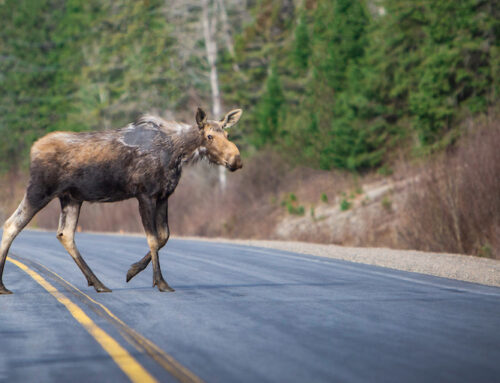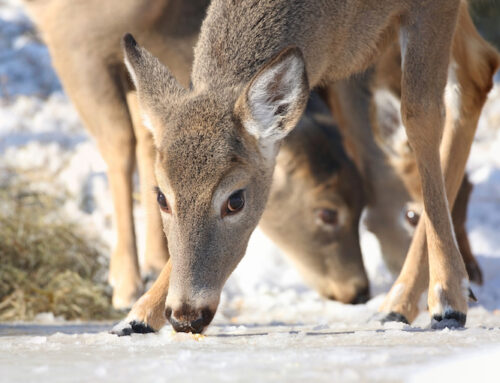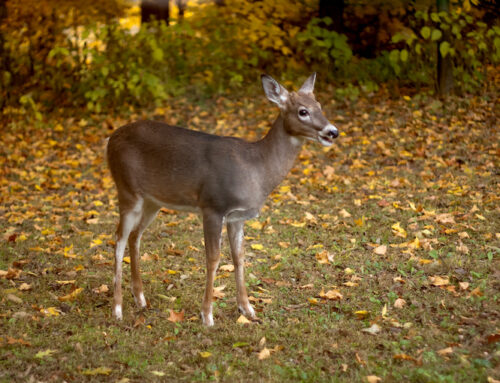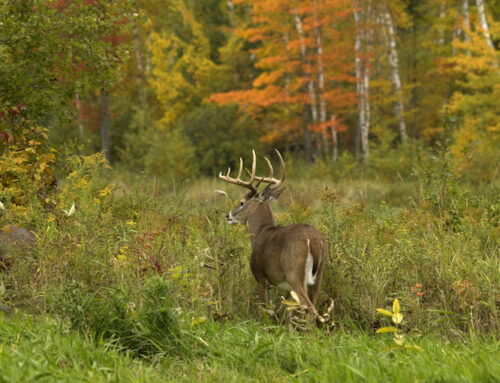Keeping a low profile is generally the ruling principal of deer hunting, but at times getting aggressive is the ticket.
Two bucks brawling often means a doe is nearby and ready to breed. The sound of the scuffle will often signal other bucks to head to the area to either run off the other suitors, or sneak away with the doe while the other boys are fighting.
When to get angry
If you hunt a large area of land where the bucks are spread out or if your grunts and bleats have gone unanswered, mimicking a fight might be your best option.
Fighting noises during the first 3 weeks of November can make a white-tailed act more like a muskie following a spinnerbait then a reclusive ungulate.
Rattle big
Sparing males make a major racket. Antlers bash together, branches break, hooves pound ground, there is grunting, and undergrowth goes flying. One of the biggest mistakes hunters make when they rattle is that they are too timid. When rattling, success often lies in going big.
Execute the brawl
Once you’ve found a likely location (an area with lots of general deer sign, fresh buck rubs and scrapes, or a funnel area such as a narrowing of a ridge or strip of cover between two bigger blocks of timber), just sit and let the area settle for 5 to 10 minutes. Scan the woods for visible deer. If there is none, start calling.
Buck fights are more like pushing matches than sword fights.
Since I often call from the ground, I clash the antlers or other rattle imitation call as loud as possible while stomping and sweeping the ground litter around.
The loud initial clash of antlers gets the deer’s attention and since buck fights are more like pushing matches than sword fights, the stomping of your feet and stirring of the underbrush simulates the two bucks moving back and forth, hooves digging in for traction.
While you rattle, use a grunt tube. Adding a few grunts really helps increase the audio-illusion. Also, don’t be afraid of raking underbrush with the antlers or your hands to make even more noise.
The opening sequence of the rattling should last about a minute to a minute and a half. Once the woods absorb the first volley of sound, wait a minute then add a second fight sequence about half as long as the first. After this, put the calls down, watch, and be ready to shoot.
Waiting game
While I’ve had deer come to the calls as long as half an hour after the last sounds, most will show themselves within 10 to 20 minutes.
If you’re hunting a spot where bucks are moving through regularly, rattle every 20 to 25 minutes. If you have a number of likely buck hangouts, hit as many of them as possible during shooting hours.
Many bucks will come in fast but the majority sneak in, so stay still and keep your eyes and ears open. It’s spooky how a big buck can simply materialize from the thicket and evaporate just as quickly if they see or smell something they don’t like. Stay alert and be ready to shoot.
This fall, break norms and start making noise while you rattle. This has filled many a buck tag for me, and it will for you too.






Leave A Comment